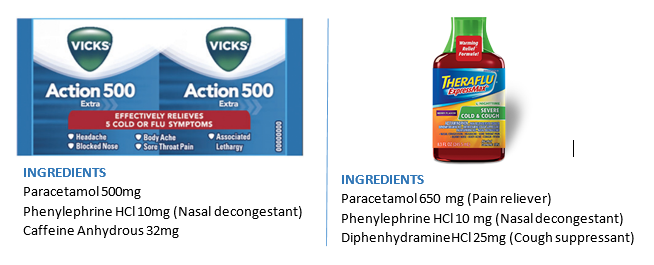
FDC Ban – Merit in some categories of drugs but very debatable in others
March 10th spelt doom for the Indian pharmaceutical industry. With 344 gazette notifications issued on 10 March 2016, the Ministry of Health banned 344 fixed dose combinations (FDCs) of drugs and per estimates of industry associations, this is anticipated to imply a loss of close to Rs. 7000 crore for the industry. Given all the speculative tit-bits we continue to read on the #FDCBan, we finally got down to writing a brief introspective blog on various angles of the issue.
What drugs are banned – can we see them all with one lens?
Most of the drugs banned can be broadly classified into anti-microbials, analgesics and anti-diabetics. All three are very different classes of drugs and it is difficult generalize either risks or therapeutics benefits without greater specificity in the discussion.
Do these really pose a threat to Indian patients – is there a convincing case to completely ban them?
Given the highly varied nature of the categories of drugs banned, we would like to discuss them individually. The antimicrobials largely comprise of antibiotics and India is already struggling with a very heavy burden of antimicrobial resistance due to rampant use of antibiotics. Combinations that don’t have any additional clinical benefit (referred to as therapeutic justification by the Kokate Committee) will compound the problem and lead to greater resistance. This is a significant problem that needs to be dealt with by all stakeholders involved; and easing these irrational antibiotic combinations off the market might have merit. At the other end, the anti-diabetic category is one where globally combinations are part of common clinical practice in dealing with disease progression. The greatest scope for debate lies in the analgesics. Most of these are globally sold as OTC products even in the regulated markets and several popular combinations banned are permissible by USFDA monograph and have been allowed by other regulators such as the UKMHRA. One of the more popular drugs banned is Vicks Action 500 Extra and similar combinations are sold in US and UK OTC (image below):
Vicks Actin 500 Extra sold in India vs Theraflu sold in US and UK as OTC drug

Note: Several OTC drugs sold in UK and US (such as Theraflu) have same active ingredients as Vicks Action 500 Extra and additionally include antihistamines or cough suppressants if they are also indicated for cough. The caffeine contained in Vicks Action 500 Extra is the same level of caffeine as one can of coke or 1/3 cup of coffee.
The case for banning some of the popular analgesics is very weak to be justified as they are allowed by global regulators. In a few others, the concern is with a particular active ingredient (such as nimesulide) and banning FDCs with the ingredient solves only part of the problem. Overall the FDC ban is very debatable in product categories other than antibiotic combinations.
If they should not be prescribed, why are these on the market at all?
Per various references to regulatory pronouncements, these drugs seem to be marketed based on approval from State Regulatory authorities prior to 2012. If State Regulators can grant marketing approval to drugs not approved by the central regulatory agency CDSCO, this is a larger regulatory loophole that is a concern for public health and safety.
We need strong regulatory enforcement environment – but does the approach need more pragmatism and transparency?
A high degree of enforcement and strong regulatory environment for health related products is a non-negotiable. The regulators seem to have followed a long-drawn and substantive process to decide their course of action on FDCs. Subsequent to a DCGI circular to State Regulators in January 2013, the Kokate Committee was constituted to review more than 6000 FDCs. In January 2015, the Committee reported 15.48% as irrational, 31.14% as needing additional deliberation/data and cleared the remaining 42.07% as rational.
However, despite the long drawn and substantive process, the final action of completely prohibiting the drugs overnight is not practical, and industry could be justified in calling it a knee-jerk reaction. We need to note that these drugs are not formulations that are so harmful that they need to be revoked in an overnight ban without taking into consideration product shortages and inventory losses. Further, given that these were possibly approved for marketing by State Regulators and several of these formulations are sold globally (even in regulated markets), it is unfair to lay the entire burden of compliance on industry.
In conclusion, we hope the intent of protecting public interest leads to more pragmatic action, regulatory loopholes are addressed and more than it all, there is greater transparency and communication so that the consumers/patients and clinical community can also appreciate and understand these developments.
Authors

Director

Manager- Life Sciences Advisory Group
 Grow Beyond
Grow Beyond 

